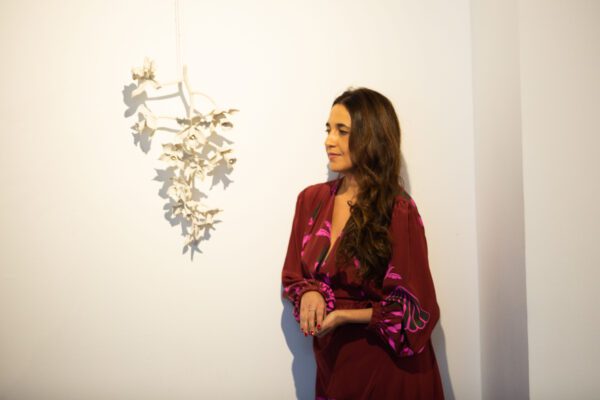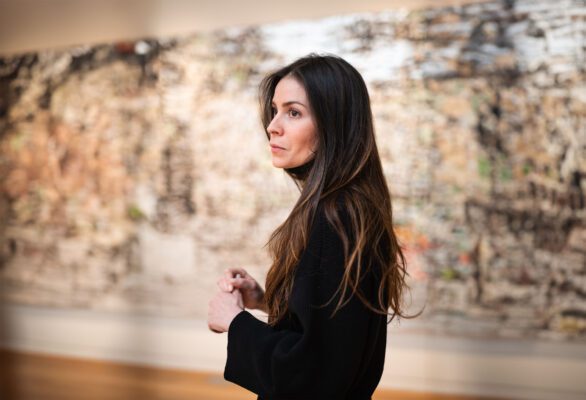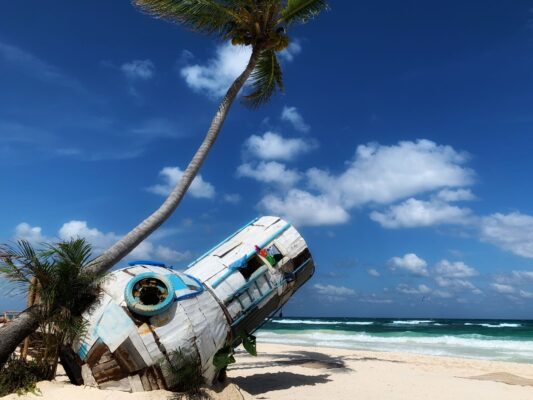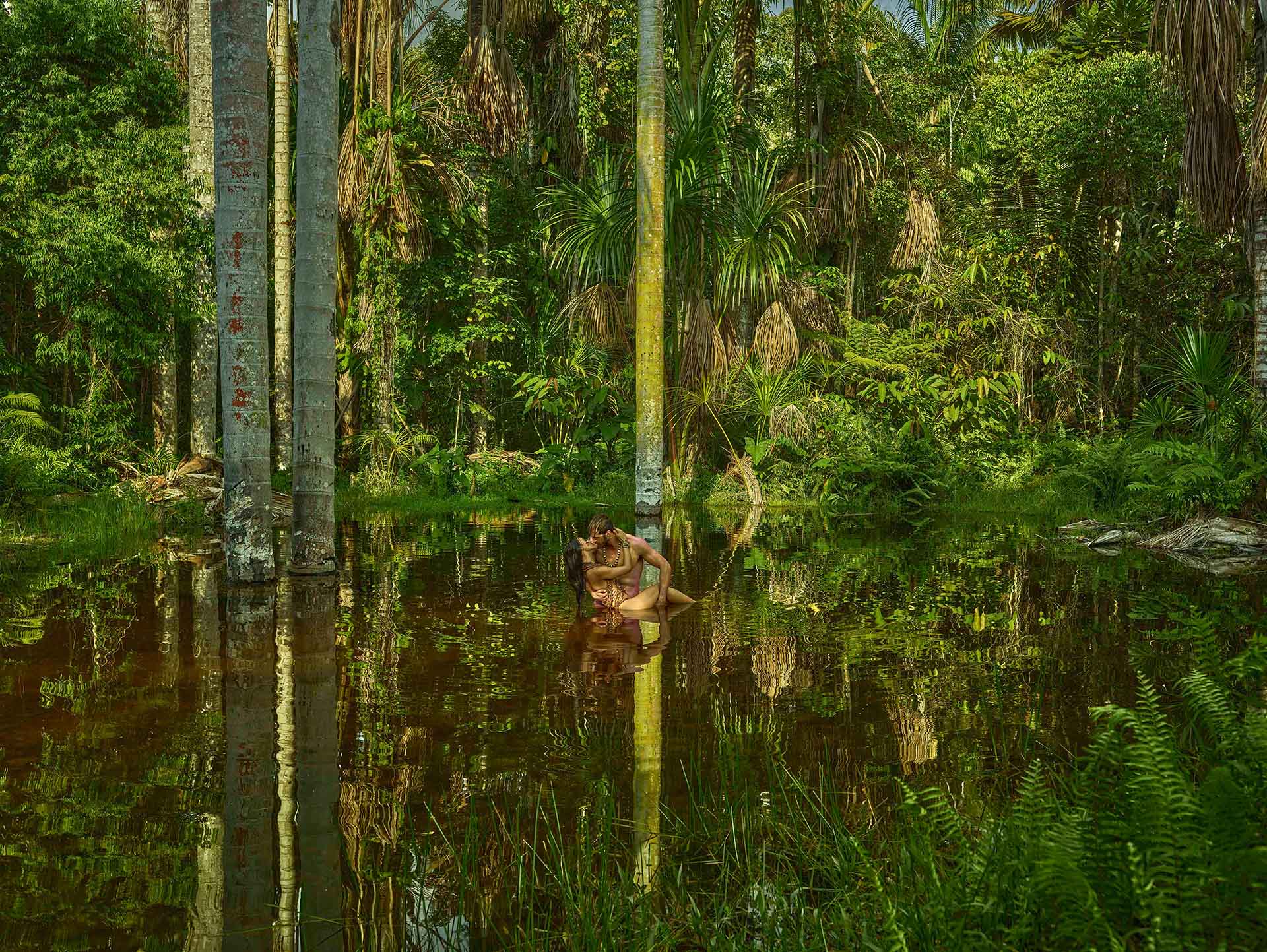
Imagen from ‘Peru’ by Mariano Vivanco.
COFFEE WITH
MARIANO VIVANCO: “I WANT MY NAME TO BE INTERNATIONAL”
Name: Mariano Vivanco
Profession: Photographer
Nationality: Peruvian
Zodiac sign: Sagittarius
Instagram: @marianovivanco
LATINNESS: Mariano, you’re the definition of a citizen of the world. Born in Peru, raised in New Zealand, and now in the UK with several other stops in between. How did creativity come into play in your upbringing?
MARIANO: Well it all started with my early passions, and my early passions were Italian cinema, Sophia Loren— I think of her all the time. I’m still saying her name all the time. My mom injected in me a deep sense of whimsical, mystical, powerful glamour inside my head, and that was always a burning torch.
Then I discovered movies from the age of 8 to 10. Very, very much the old Hollywood MGM system, from Greta Garbo to Clark Gable to Bette Davis, I knew them all from a very young age. It was quite freaky. I think by the age of ten, I knew every Academy Award winner that ever was. I was obsessive.
All these things started adding up like layers, and it wasn’t until I was 14 that I saw Vogue magazine at a friend’s house, and that was just a big, big building block on top of everything I had in my mind. It just resonated and excited me.
Of course, growing up with a Sophia Loren reference, then seeing Steven Meisel do it with Linda Evangelista formed a connection in my mind that was very exciting, very real and it filled me with aspiration and hope.
LATINNESS: Was that when you discovered photography?
MARIANO: It started cooking inside my stomach, and then at 16, a friend of mine was taking a photography course, and I said, “Can I borrow your camera?” And I couldn’t let go of it. My dad bought me a camera the next day, and he never spoiled me, never, never.
I had to use my imagination, you know? I had very few toys. I had the He-Man toy, and I cherished it. From the age of six, I would build little sets and that’s it really. I did want to play with Barbies. I wasn’t allowed to, but I got my revenge. I got them a little later.
LATINNESS: What would you say was your first big break in the photography world?
MARIANO: I can’t pinpoint one, but I will definitely say some that come to my mind right now. I did one year at a beautiful university in Melbourne, but I couldn’t make my parents pay for a second and third year because I was a foreign student, and it was going to break them. My parents were living in New Zealand at the time, so I was like, “I have to be realistic. I’m going to go and see if I can assist somebody.”
I’ve always been very forward and not aggressive, but whatever I want, I go for it and I verbalize it. I managed to get back-to-back appointments with all the big photographers from Auckland in one afternoon.
I went to see all of them, and said, “I will assist, I will assist.” They were like, “Who is this guy?” It wasn’t until one of the last two, Melanie Bridge, who is an incredible director of commercials now, said, “I would love to take you on seriously, but I’ve just taken somebody on…” Then the next photographer I saw said, “Start on your own, you’ve got models from Melbourne in your book. Give it a shot.”
It was almost like I wanted to hear that. I took that bit of advice and I rode my bike with it. The next day I bought a newspaper and circled frantically all the fashion houses I could find, and I called them all. No shame. I would be more shameful now, but not back then. I had nothing to lose. You’d be surprised how many people said, “Yes, come”.
I saw a good number of designers, and one took me on. I did their campaign, and it went into some cool publications like Pavement. I remember being in a magazine shop, and there was such a good feeling watching somebody turn the page to read my name, my credit. I got addicted to that.
In the four years I was in New Zealand– from 20 to 24– I worked seven days a week. I made a truckload of money, I got a catalog contract with Farmers, the biggest catalog in New Zealand. Nobody could believe it.
LATINNESS: Why move to the UK then?
MARIANO: So I would always buy Italian Vogue, and they were very expensive in New Zealand because they had to get air shipped. You know, ’95, ’96, ’97. Those were the glory years for our generation because it really shaped so much of our visual language.
In those ’90s, we had the three old masters still at the peak of their career: Avedon, Penn, and Newton. They were in their 70s, I think, and they were producing work that was exceptional. It was so nice to see how a photographer could evolve and reach the highest and deepest depths that their minds could conjure images.
Those three were so finely attuned to the perfect image and had, I believe, a reciprocity effect in the rest of the industry where photographers made exceptional images. And the next generation, of course, was also very powerful: Testino, Steven Klein, Herb Ritts… for someone like me taking it all on, it was just food for the soul.
Because I was getting all this information in my mind constantly, I was like, “I’ve got to get out of here. New Zealand is not enough. I love it with all my heart, but I want my name to be international.”
In 1999, I did a world trip to London and New York– one week each– to see which one I liked better. Of course, I fell in love with London. I went back to New Zealand and saved all my money for one year. On the 1st of August, the year 2000, I arrived in London all by myself, with just my savings, and I started.
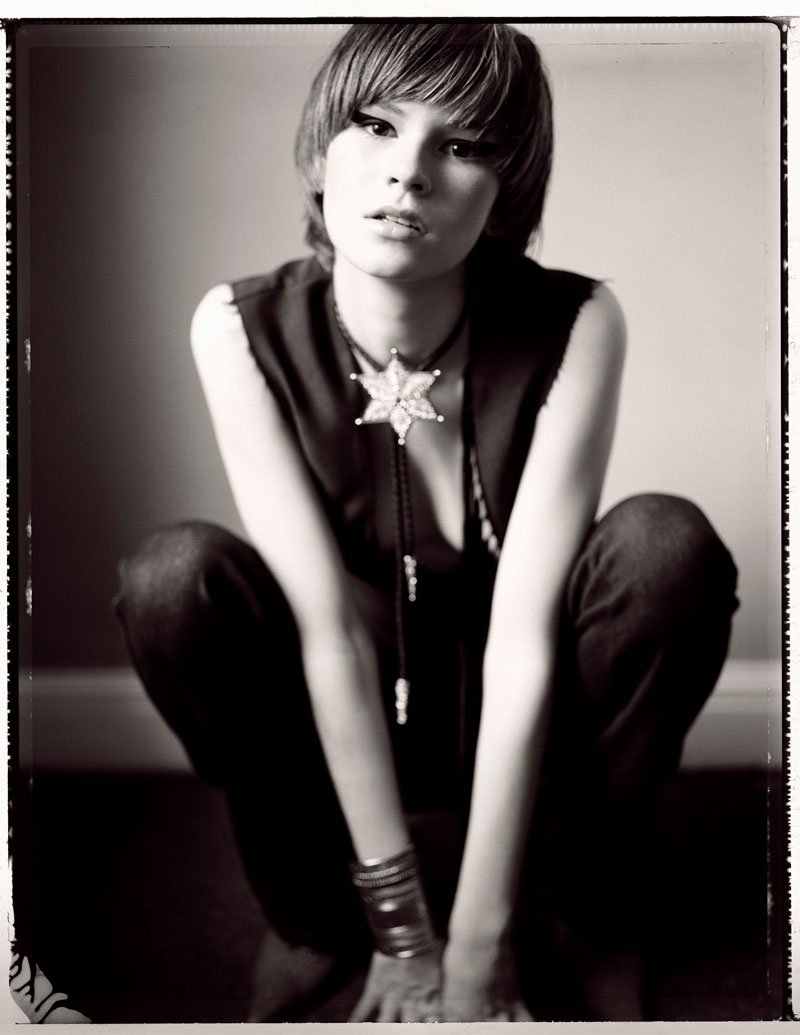
Portraits from ‘95 Chapel Market’ by Mariano Vivanco.
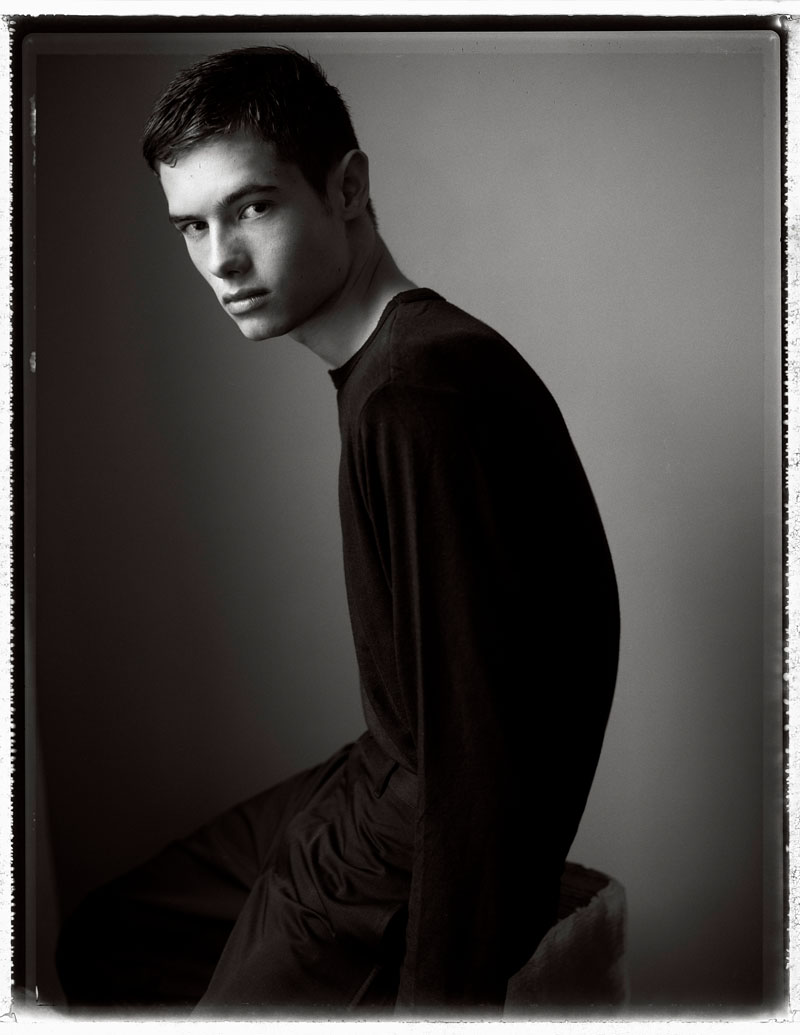
LATINNESS: Did London return the love?
MARIANO: Well, you asked about my breaks earlier. One of my breaks was deciding to come to the UK. Another break was realizing nothing I’d done for the last four years mattered. I had to swallow a humility pill and start from scratch.
I ate baked beans, cornflakes that had ants in them because I couldn’t afford anything else. It was really tough. There were a few times I was like, “You know what? It’s not working. Nobody wants me. Let’s go back to New Zealand. Maybe I can salvage the career I had there.”
But the significant break, really, of why I didn’t leave was when I went to a modeling agency called Select. By chance, I met the owner, Tandy Anderson. She grabbed my hand, took me to the men’s division and said, “This is Mariano Vivanco; he’s going to photograph all our models, and we’re going to pay him.”
I would make £30 each sitting, and I shot three sittings a day, six days a week. That’s how I made my living for a couple of years.
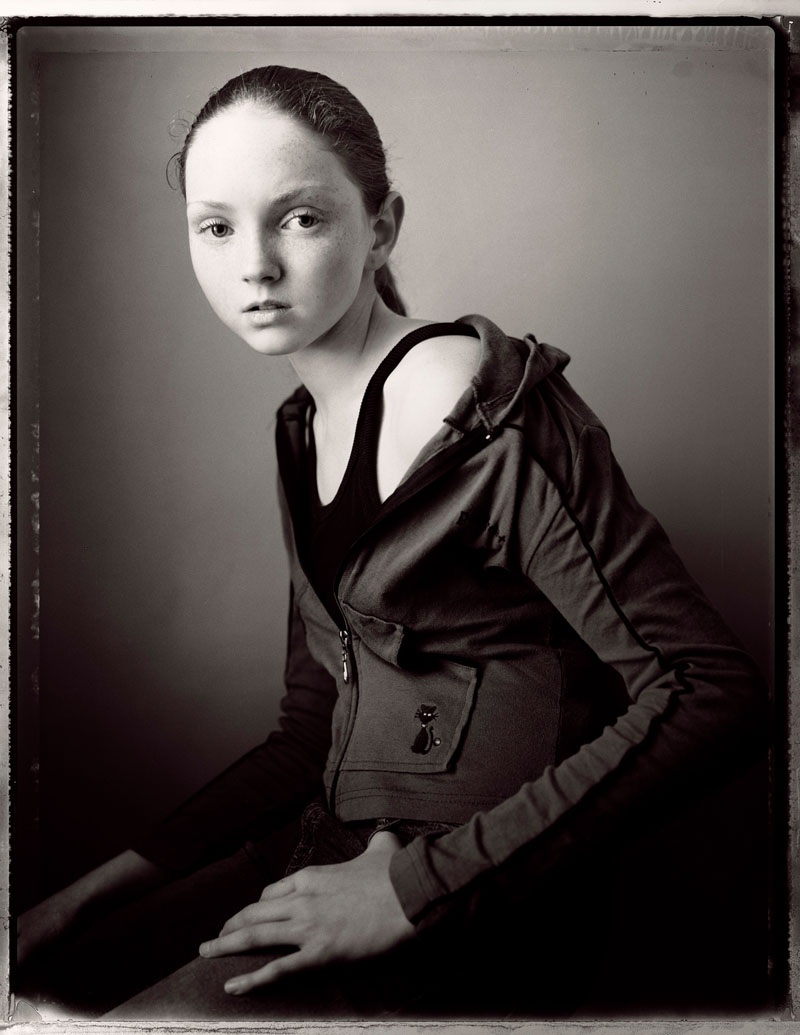
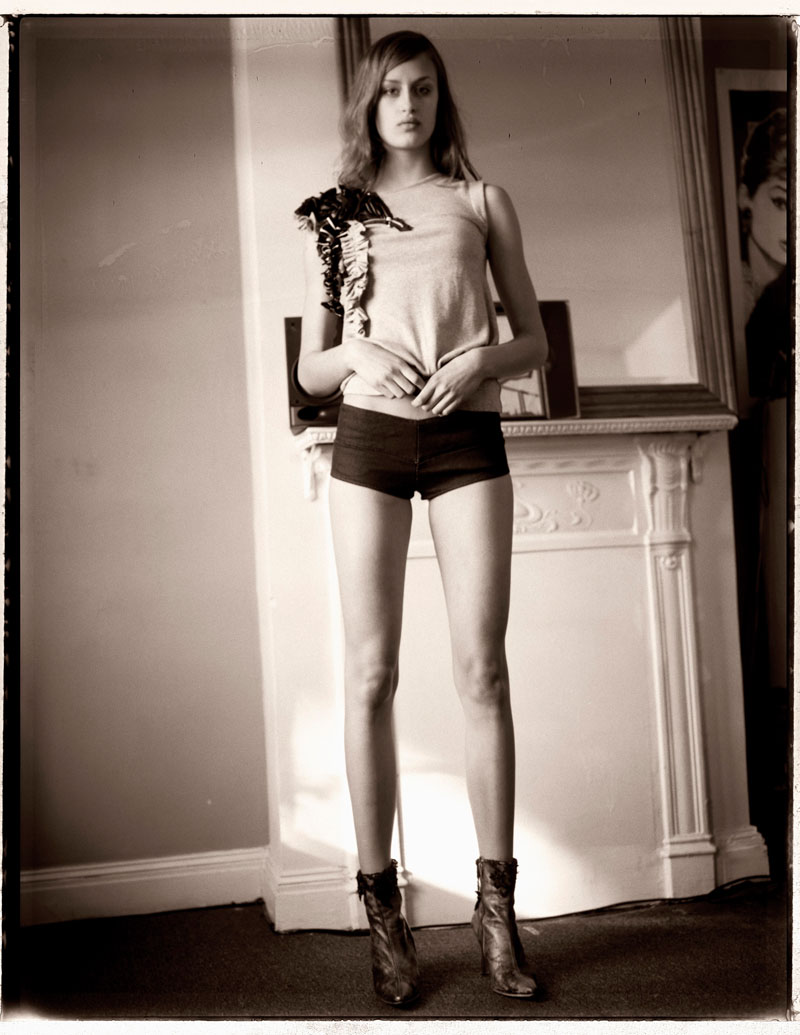
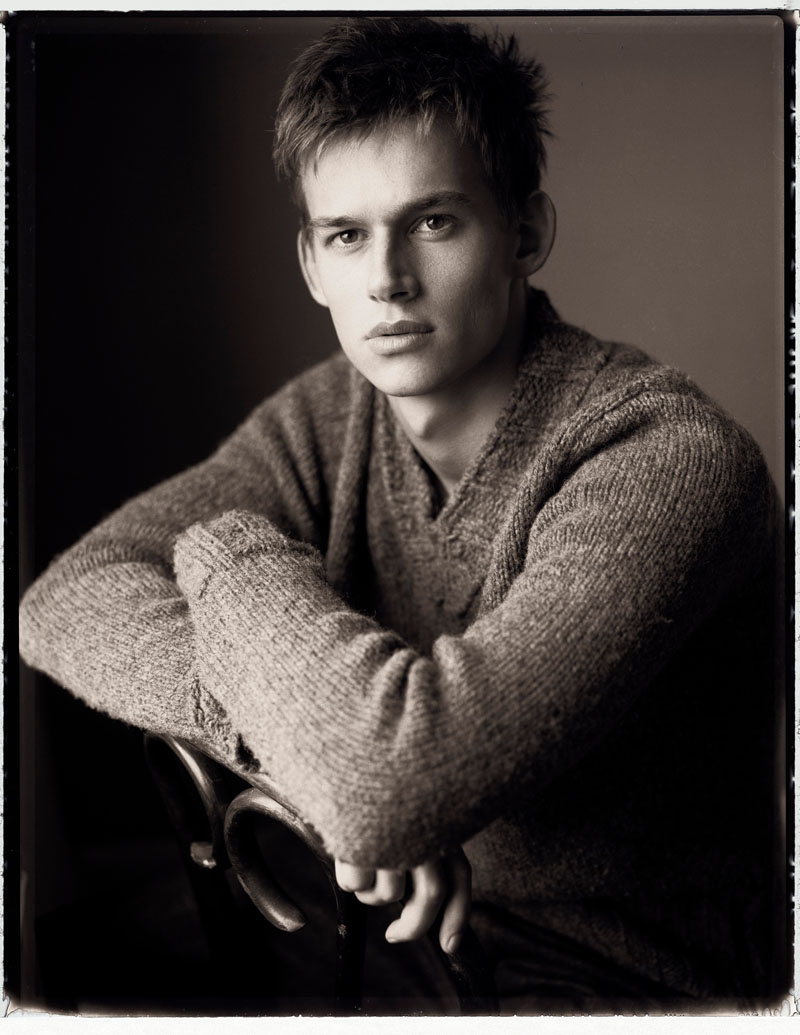
Portraits from ‘95 Chapel Market’ by Mariano Vivanco.
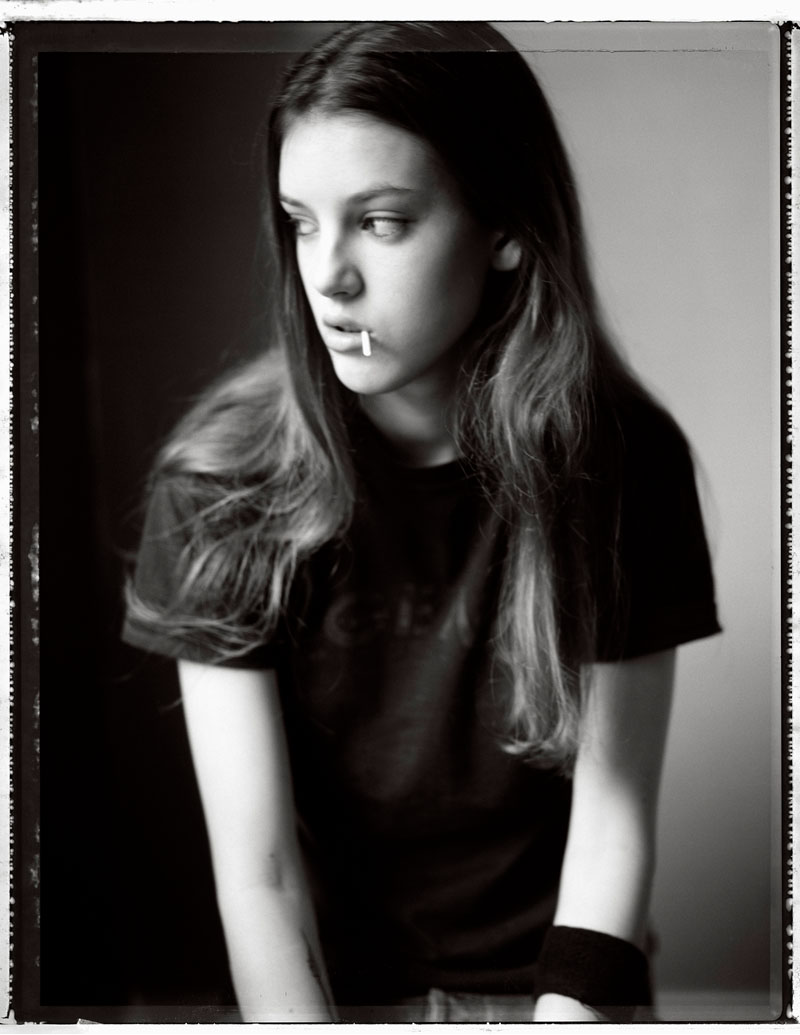
LATINNESS: We all have our humbling stories in fashion, don’t we? But those seemingly small jobs often lead to bigger things.
MARIANO: I went from doing advertising, catalogs and the best editorials in New Zealand to doing little portfolios next to a window. They were beautiful. I met Lily Cole that way. She was 14. I took a photo which was so remarkable to me and now it hangs in the National Portrait Gallery.
I was very grateful. I started noticing that the models were getting campaigns off the Polaroids I was shooting, so I thought I stumbled onto something. I said, “Please, just please, can you put my name on the edge of the card? That’s all I want.”
LATINNESS: On theme with your motto of being forward and going for it. Did that eventually open doors with editors or fashion houses?
MARIANO: When the time came for me to approach a fashion editor I was excited by, I looked at Dazed and Confused. I loved the work of Nicola Formichetti, although I wasn’t sure whether it was a he or she. I managed to get his number and we became friends, and he took me on. I worked there for a couple of years with Nicola, and he said, “When I become fashion editor, you’ll get my first cover.” And lo and behold, he kept his word with the cover of Luke Worrall, which is black and white with different faces. That was Nicola’s first cover as Fashion Director.
Shortly after that, I met Domenico Dolce, with whom I had a relationship for four and a half years. It wasn’t until about seven months of dating him that Stefano Gabbana asked me to shoot their lookbooks. Then, of course, Anna Dello Russo helped me as well. I did some stories for Vogue, which was unreal. Three years ago in New Zealand, dreaming of those mags, and then slowly I was beginning to work for them.
They’ve all been more than angels in my life. All of them.
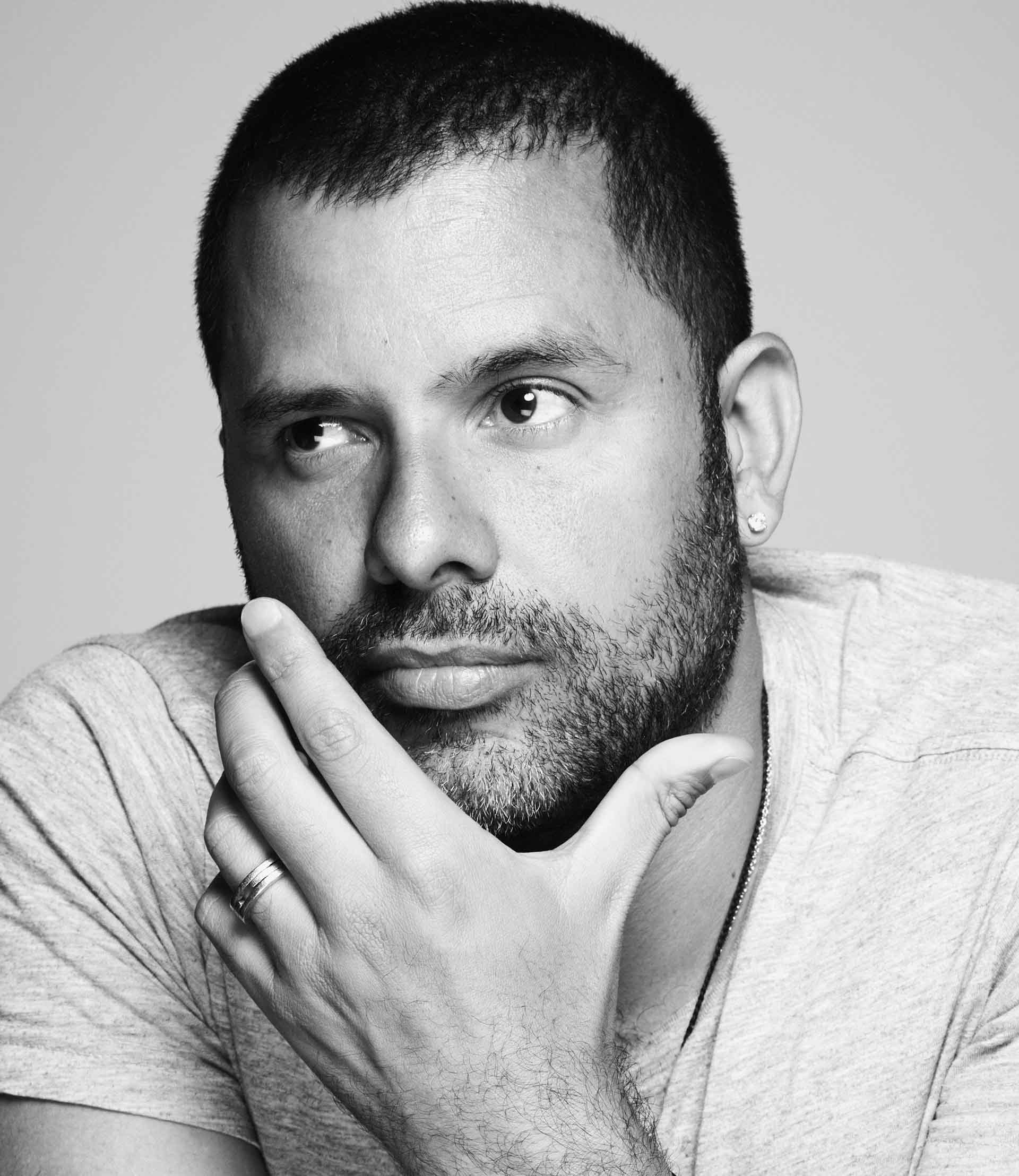
Mariano Vivanco by Tomas Hein.
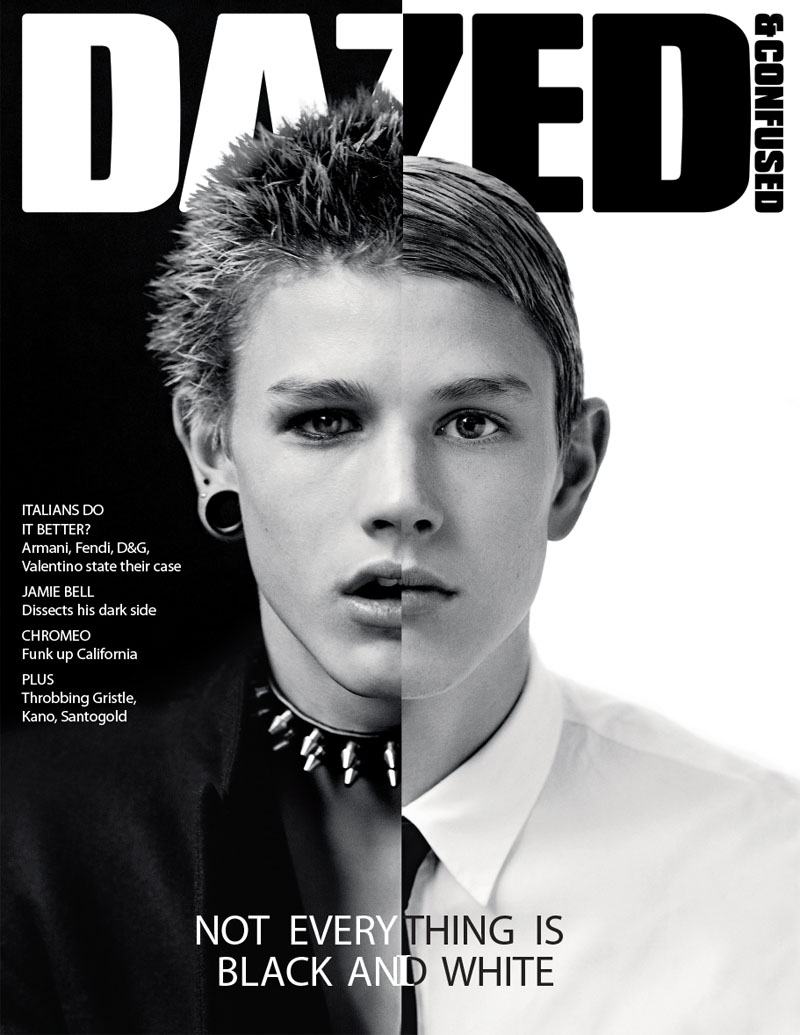
Dazed & Confused, Vol. 2, Issue 52, August 2007.
LATINNESS: It seems you were quite fortunate with the relationships you formed, where people really believed in you and propelled you to move forward.
MARIANO: I don’t know, sometimes I think it’s the opposite. I’ve pinpointed seven or eight people in the last five minutes, but there have probably been 500 or more that don’t believe in me.
Yes, there have been some incredible people, and I’m so happy to mention them. And there must be more I can’t think of right now, but believe me…
I just don’t want to focus on the negative, but when in New Zealand, yes, I did every single mag, but the one magazine that was really trendy (I won’t mention its name), they were horrible to me. There are mean people out there that don’t feel respect or dignity for other humans, and particularly in fashion, actually.
I get it. Sometimes we all have to work fast. In Italy, when I was doing a million little jobs, they used to call me the Hammer, “el martello” because I’m very no-nonsense. If my client wants 30 photos, I’ll deliver 40. Some people take it to another level though.

‘Peru’ by Mariano Vivanco.
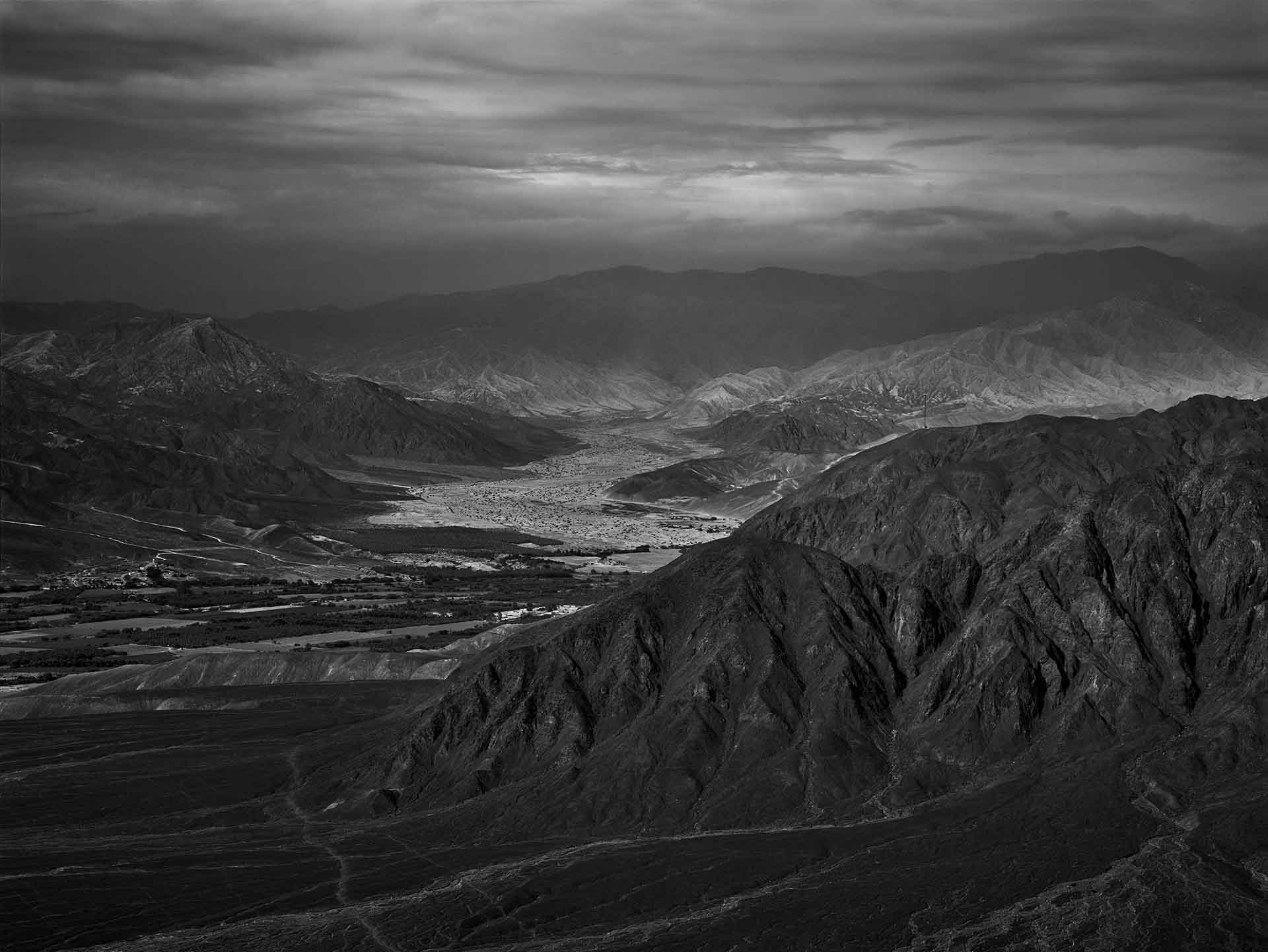
Image from the book published by Rizzoli.
LATINNESS: Agreed. There are moments I often think “we’re not saving lives, let’s take a breather…” Moving on from fashion though, for your latest project, you’ve turned the lens to your native country with the coffee table book titled PERU. How did this idea come up?
MARIANO: Maybe it was always in me. Mermaids are always in my mind. Túpac Amaru II, always in my mind. Santa Rosa de Lima and San Martin de Porres, always in my mind. I paid attention to my fashion fantasies, but my historical dreams and fantasies, I kind of had to compartmentalize and put them somewhere else– I forgot about them. Yet when my parents moved back to Peru (they retired to New Zealand recently, but prior to that, they were in Peru from about 2010), I would go there for Christmas and I really connected with it.
The book is born from the research and the love of my country– it developed and just went boom. I started researching Amazonian mythologies, and they blew my mind. I didn’t know about any of them.
It was a two-year research process. I started with that, and thought, well, if I do this, then I need to do some Pre-Inca stuff. I would love to include the Nazca Lines. If I do a book on Peru and don’t include Machu Picchu, it would be like going to an Italian restaurant without pasta. It developed from the initial research of the love of my country, and it snowballed. Now I hope I can find a home in Lima for the images, for everybody to see them.
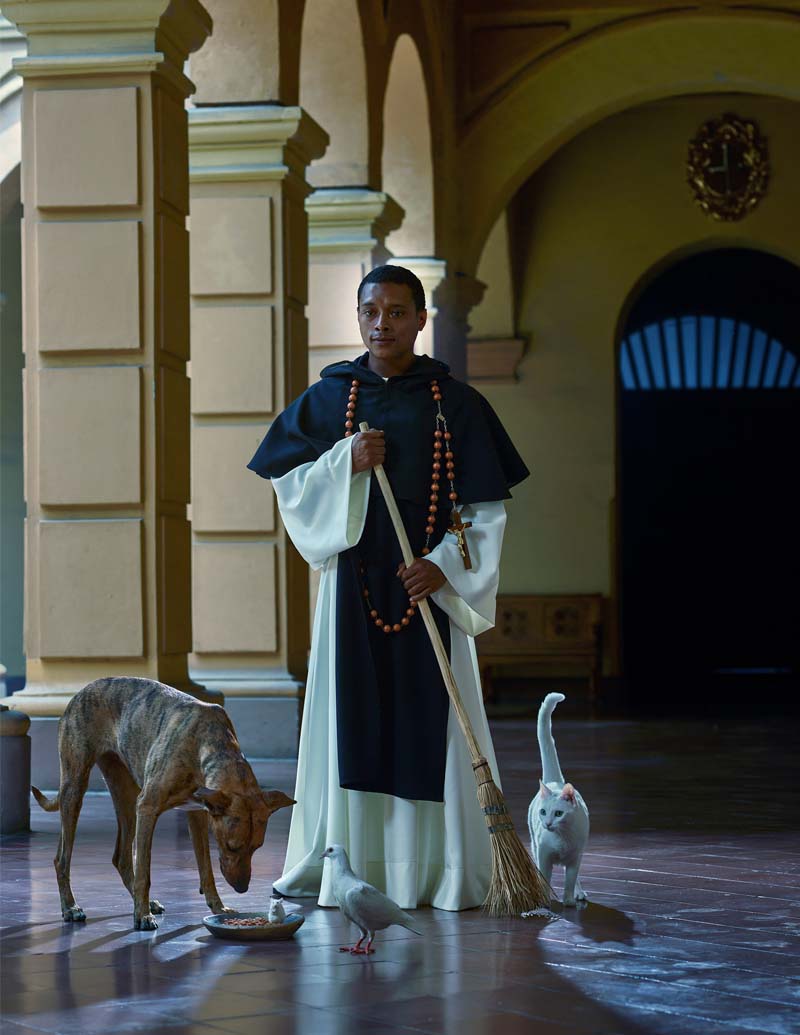
Images from ‘Peru’ by Mariano Vivanco.
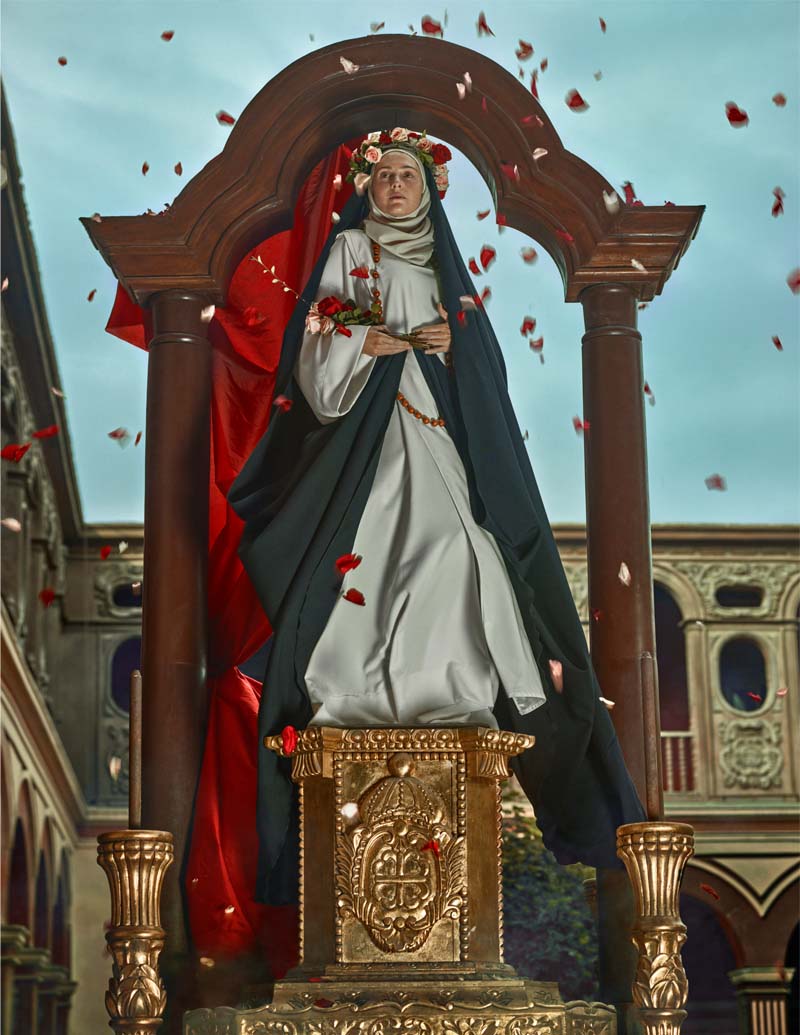
LATINNESS: Well, you’ve said you never take no for an answer! Have you always achieved what you wanted through your persistence?
MARIANO: Good question. Maybe I’m not as persistent as I used to be.
LATINNESS: You talked about how, as a boy, you would create these sets with your imagination, and it reminded me of something I read about the iconic Harper’s Bazaar story you shot with Rihanna on a plane, for which you told Glenda Bailey “Give me 24 hours, and I’ll figure it out”. It’s like an exercise you’ve been doing since childhood.
Mariano: Yeah. I would do crazy things with ropes… Everything can be achieved, you know? The work I did for Glenda Bailey was a huge warm-up for the work I did on the PERU book.
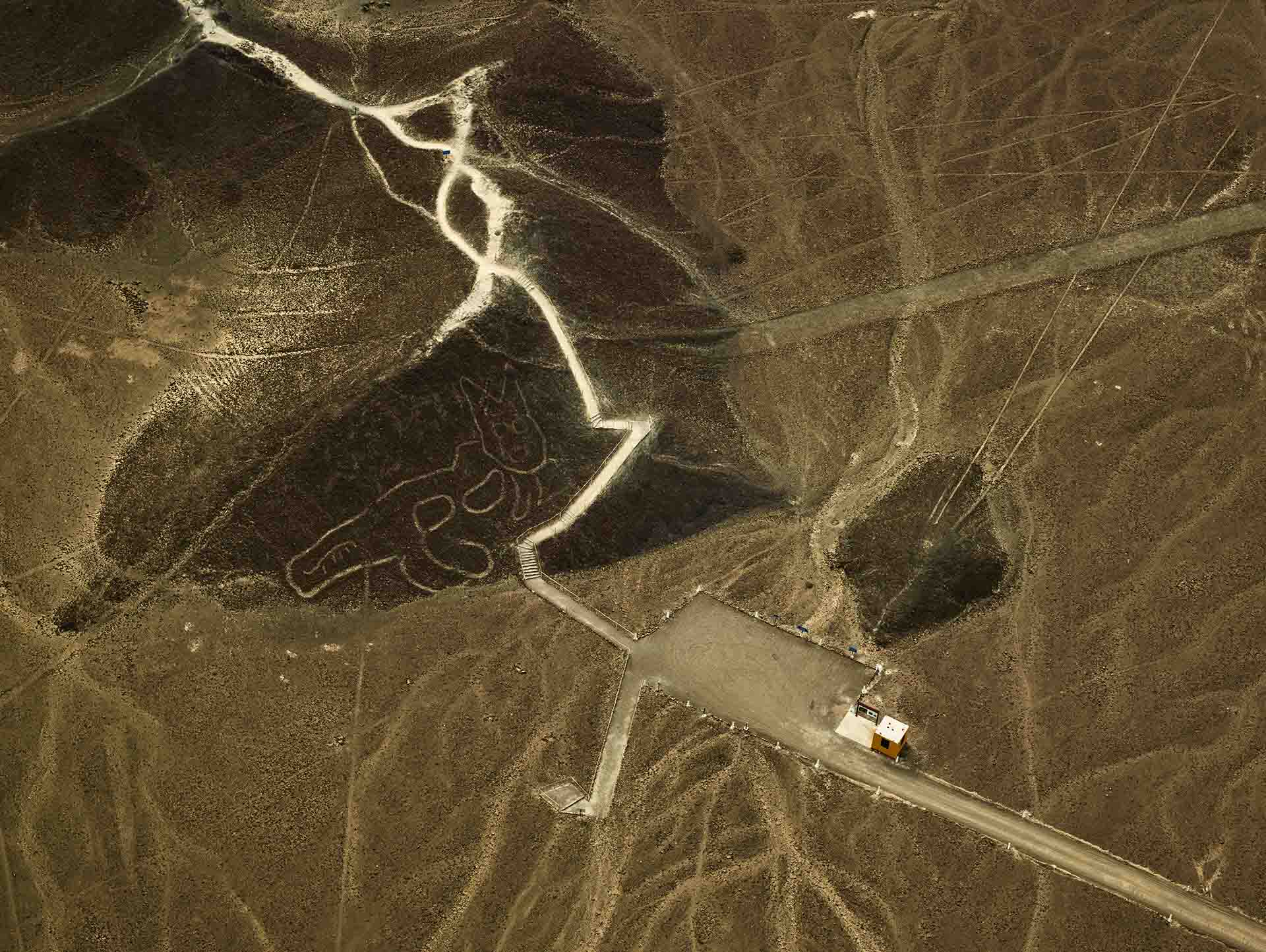
Images from ‘Peru’ by Mariano Vivanco.
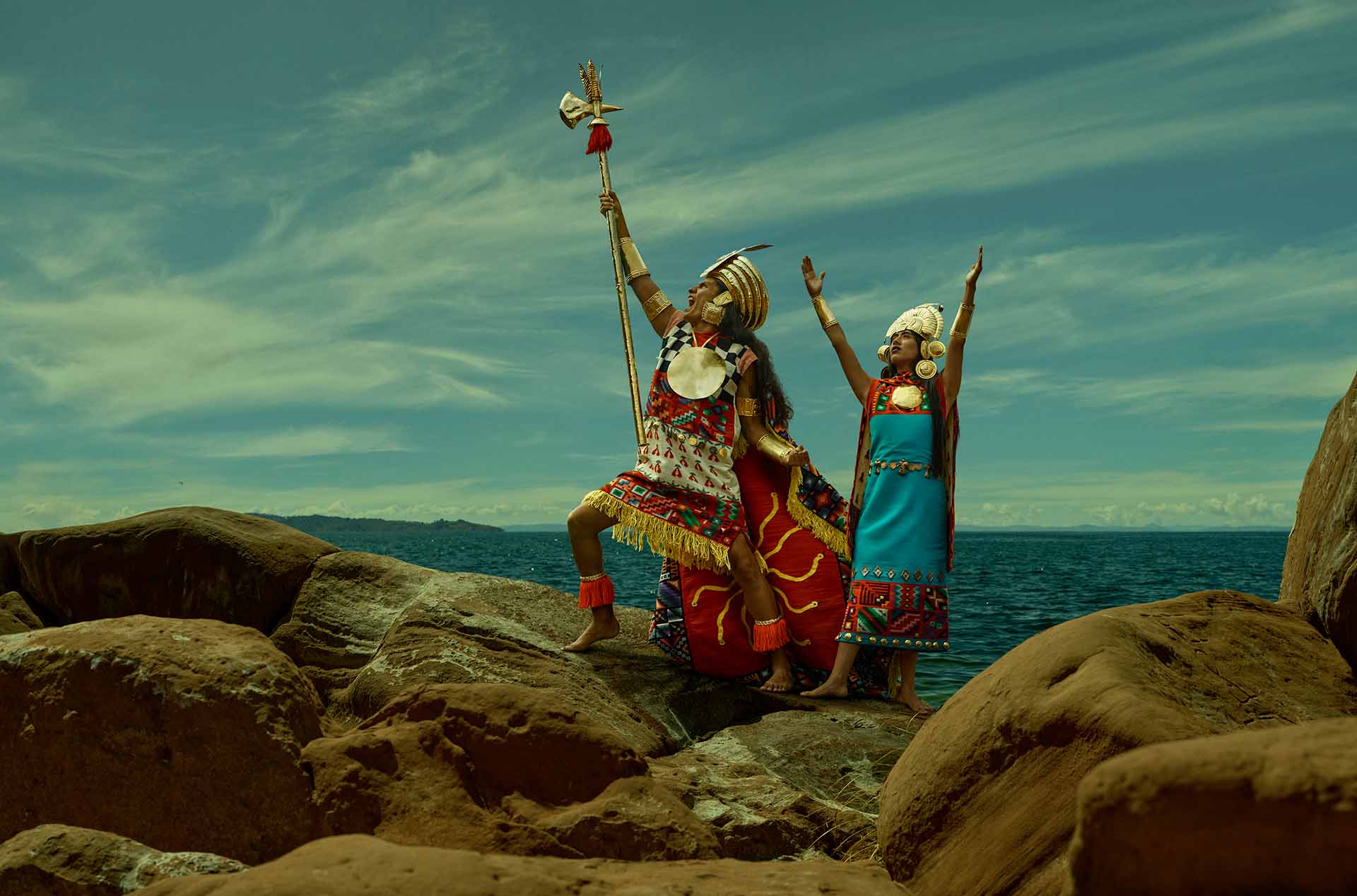
LATINNESS: Interesting. How so?
MARIANO: Well, I kept a lot of the images as raw and bare as possible, but some of them needed a little bit of tweaking and help. For example, Túpac Amaru II got pulled apart by four horses, so that had to be done by post. The mermaids, even though it is one photo and a slow exposure which made the water look like a painting, I had to, of course, remove the people that were holding the guys on the boat.
Also, I put in real fishtails on top of the man-made fish tails at the end. Things like that. I got through the Glenda exercise of perfecting things on post. It gave me the fuel to complete some of the images in the book. They gave me the know-how.
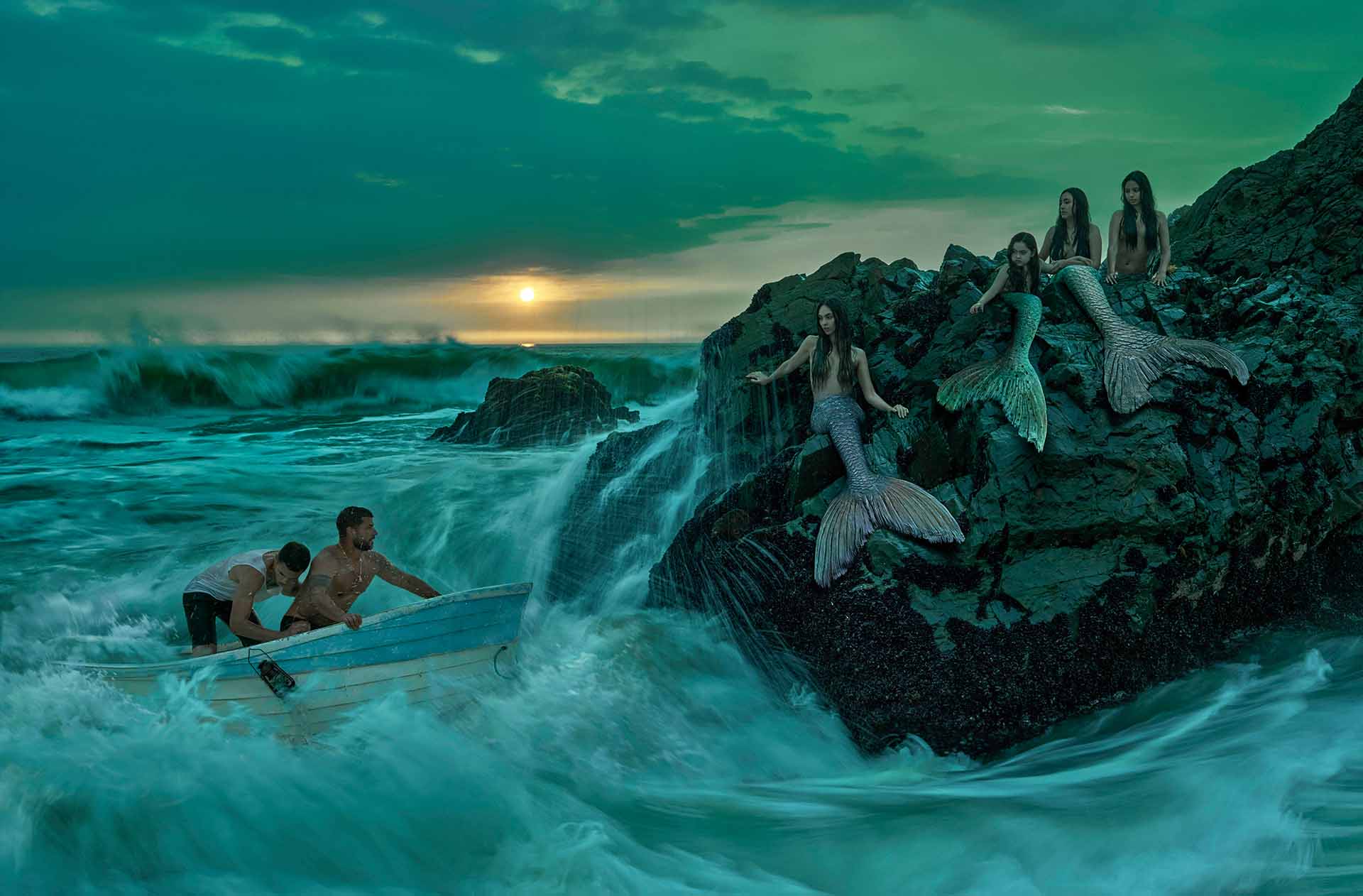
Images from ‘Peru’ by Mariano Vivanco.
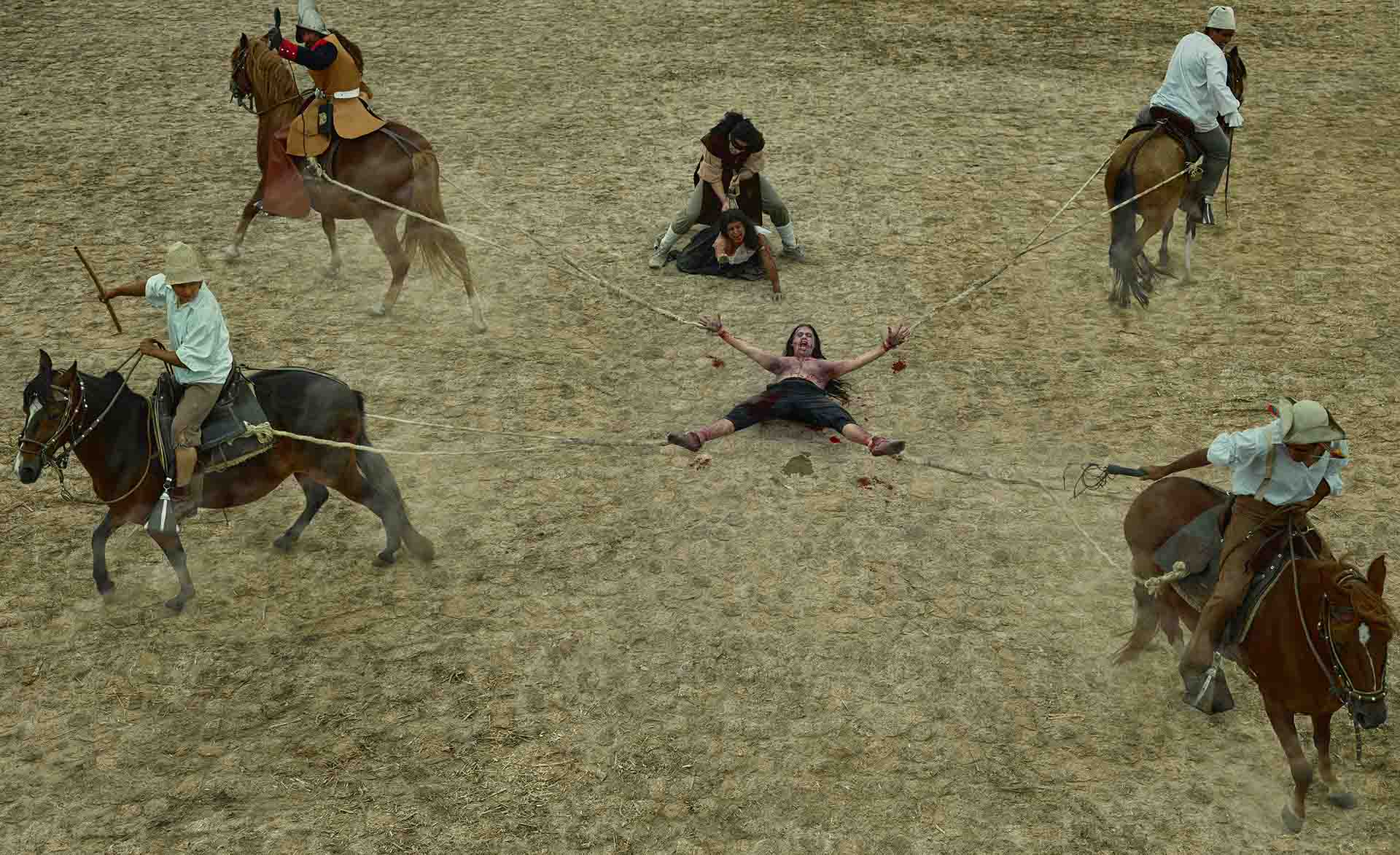
LATINNESS: You’ve photographed so many big names, some close friends. Is it easier for you to photograph people you know?
MARIANO: Well, I actually don’t become friends with my celebrity subjects. I am friendly with them. We might follow each other on Instagram, but even with models, very few I connect with, and celebrities, definitely not. I like the distance, I guess?
I’m very upfront, and I still love working with celebrities if I like them. I love looking into their eyes and connecting, and for that moment, we’ll be best friends because the photo has to be real. I search for that. I’m friendly with absolutely every single person on set. That’s part of my identity. Treat everybody with love and respect.
LATINNESS: You’ve said you’re a true mixture of the many cultures that formed you. How do you feel your latinidad has influenced your success?
MARIANO: My mother I identify as more Latin than my dad because I can see in my dad, the Brit, the Anglo-Saxon, but I can see with my mother, the word soul. I identify her as a more Latin one, and I identify the Latin soul.
She is actually also 12% African. I have Nigerian blood. My mum comes from Moquegua, where an enslaved community got shipped to in Peru, so that obviously was there a couple of generations back. It’s a mixture of her, all her latinness that has given me the light, the confidence and the love to go forward in life.
Images courtesy of Mariano Vivanco.

